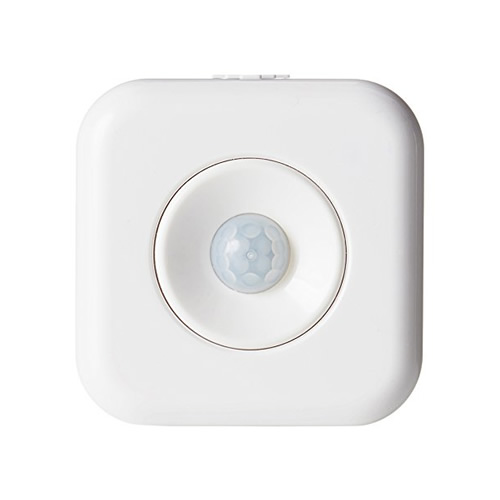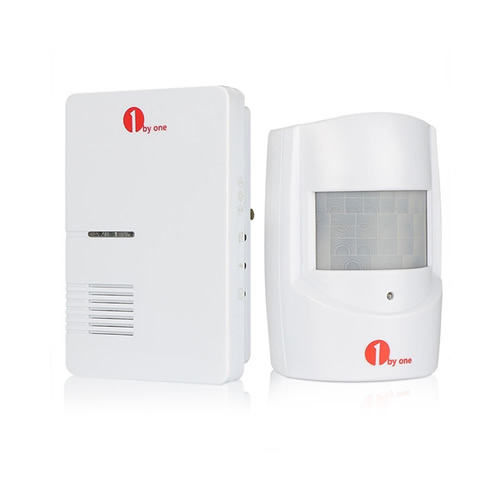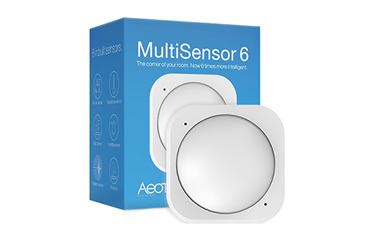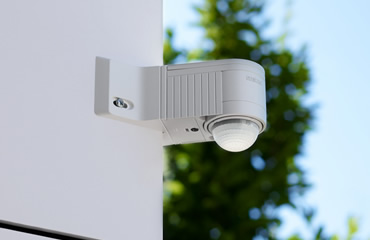Motion Detectors
Check out our article on the best motion detectors
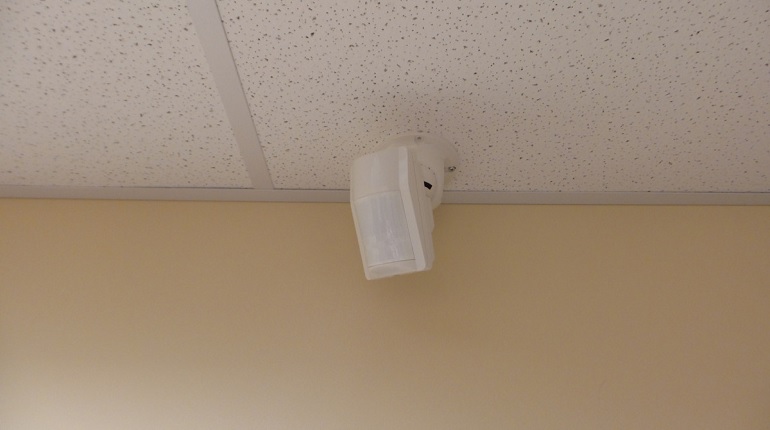
Motion detectors or sensors can be used for a variety of purposes, but usually are utilised to improve the safety and security of homes and offices, plus are often used as part of smart home automation systems to reduce energy consumption and carbon emissions. There are a number of different types of motion detectors available on the market, each of which is designed for a particular use or environment. Perhaps the most common uses for motion detectors are for security and safety lights, alarms, plus to reduce energy consumption. Security lights are designed to deter potential thieves and protect property.
Motion-sensor lights enhance security and are not expensive, however you do need to think carefully about how you use such lights and where you place them - as the last thing you want to do is make the criminals job easier by providing illumination! Safety based lights use motion detectors to automatically light up dark areas which could be dangerous (for example basements or attics). This type of lighting is effective in reducing falls and injuries if used properly. In industrial buildings and offices the most common use of motion detectors is to reduce energy costs by only lighting/heating areas which are in use. Finally motion sensors can be used extensively in burglar/intruder alarm systems.
There are two basic types of motion detectors or sensors based on the technology they use to actually detect motion. The first type of motion detector is called an active sensor. Active sensors emit ultrasonic sound waves or RF waves into the immediate area, so are sometimes called radar detectors. Whereas passive sensors do not emit any kind of energy but instead detect changes in the energy of the surrounding area. Active motion sensors send out bursts of ultrasonic sound waves and wait for the energy to be reflected back.
If there is someone in the area then the energy pattern will bounce back in a disturbed pattern. Active motion detectors have sensors that will send a signal to other devices such as lights, alarms systems and automatic door openers when the pattern is disturbed. Passive motion detectors are however more common than active motion sensors. Also known as passive infrared sensors (aka PIR sensors) they work by detecting and measuring the local infrared energy. Any warm body, animal or human, will emit infrared energy (heat) and passive infrared sensors can actually detect heat emissions using a photo detector which is triggered when the detector detects variations in the distribution of the infrared energy.
Passive motion detectors are most commonly used for light and security motion sensors, whereas radar or active motion detectors are used most often in automatic doors and as security warnings in large stores so staff are aware of customers entering the premises (they power that annoying beep you hear when entering stores, the modern equivalent of the traditional brass bell mounted on the shop door frame). If you are looking for a motion detector for a home security system or for energy management of your home's lighting and/or heating, then the sensor you require is probably the passive infrared (PIR) type. But be aware that some motion detectors, particularly the more expensive ones, may actually use more than one type of detection technology in the same unit for better performance and reduction of false alarms.
Motion sensors detect movement over a fixed space at a set angle and range. The effective angle and range will vary but are set by the manufacturer. The wider the effective angle and greater the range, the more expensive the motion detector, but the less overall detectors you will need in a building. Wired sensors and receivers are cheaper but will require more labour in terms of installation to hide all the wiring required. Wireless systems are more expensive but much quicker, neater and easier to install. Most motion detector manufacturers will offer a choice of ceiling or wall mounted units, plus there are programmable sensors which will do more than switch lights on or off, some sophisticated units can automatically control lighting much more effectively than that with dimmer switch functionality built-in.
Our favourite motion detectors
-
Best Detector
Hive Motion Sensor
£30 -
Budget Detector
1byone Motion Sensor
£14
The beauty of most motion detectors on the market is that they are usually designed so that they can be easily be used with a variety of other home automation systems and devices. This means if you already have a home security system and need another sensor, it is simple to do this and there are plenty of sensors to choose from. In the same way smart systems which are used to control heating and lighting in the home, can often easily be modified to create a home security system using the same or additional motion detectors. Modern smart home automation systems are almost infinitely customisable!
Hive Motion Sensor
The Hive Motion Sensor is a particularly popular and clever device. Costing less than £30, this motion detector does more than just beep when motion is detected - it can actually send an alert to your smartphone if there's movement detected in your home when you're not there! The Hive unit uses smart wireless and sends a signal to a Hive Hub (not included) and you can choose to receive alerts to your smartphone or turn them off when you know you'll be at home. The Hive Hub connects all the Hive devices in your home and allows you to use motion detectors to control heating and lighting, plus home security.
1byone Motion Sensor
The 1byone Wireless Home Security Driveway Alarm includes a Plug-in Receiver and a PIR Motion Sensor Detector in a kit for less than £15. A great budget option for home security this system has a communication range of up to 100m and a detection range of up to 8m. There are 36 ringtones to choose from and you also have an LED flash alert. The included sensor uses passive-infrared (PIR) technology to detect any movement and is perfect for long or hidden driveways providing a warning before anyone arrives (intruders or guests). The system is easily expandable and can service up to 50 additional sensors to form a complete home security system.


